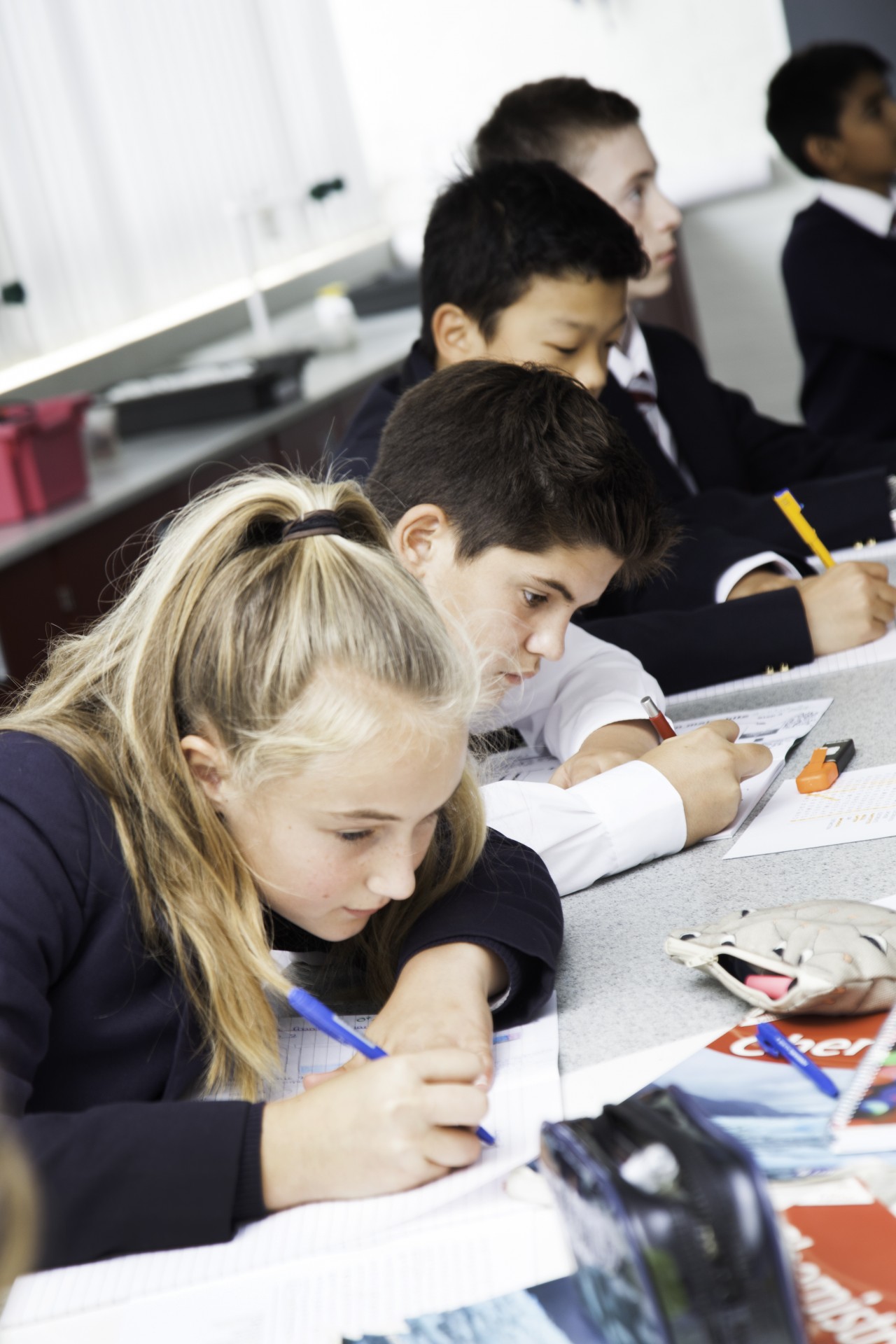How to Revitalise your Science Lab
Fitting out a new science laboratory shouldn’t be rocket science, but it is a large investment, so it’s important to get it right first time.
Before you revitalise your science lab Melanie Laing, our interior specialist provides advice about the points to consider.
Consult – and listen!
Whether you’re planning a new build or a classroom refurbishment, it’s important to speak to the science team about their needs and requirements – after all, they’ll be the ones using the space, so they can give you the best guide about their requirements – whether it’s more built in storage, better lighting or better provision of services to aid practical work.
Look around – and do your research
Speak to colleagues at schools where labs have recently been installed. Arranging a site visit can not only help you see a science lab in action, it can provide ideas and inspiration – and help you establish what might work and what doesn’t. It should also help you to choose a designer/manufacturer who will work with you to create your ideal lab.
Think about the space – and who’ll be using it
Space is often at a premium in schools, colleges and universities, so it’s important to make the best use possible of what you have available. A crowded, untidy classroom restricts movement, communication and concentration, so consider how fixed and loose furniture will be arranged in order to give students the space – and the safety – to explore scientific ideas.
Replacing old fashioned rows of benches with dual purpose benching which is dedicated to both theory work and practical experimentation is a great way to save space in a smaller lab. Planning your lab in this way can also ensure students are quickly able to switch from theory to practical studies and reduce distractions by keeping services out of reach on the opposite side of the bench when students are engaged in theory work.
Creating clear lines of sight, clutter-free work surfaces, and good circulation areas all have a positive effect on behaviour and concentration. Many schools and colleges choose to use teacher walls, which provide a focus to the room and maximise storage, meaning the rest of the classroom space can be used more flexibly.
Face the future
A science lab is a big investment and if poorly designed can impact on a generation of students and staff. Selecting furniture made from the right materials will help to reduce cleaning and maintenance costs and ensures your lab is long lasting. Worktops made from durable scratch, impact and chemical resistant surfaces such as high performance Trespa and solid surface Corian, Velstone or Staron offer a stylish finish as well as ease of maintenance and longevity.
Inspire
Science is a subject which can be stimulating and exciting, and the same should be true of the space it’s taught in. Research by the University of Salford found that improving classroom design can boost a pupil’s performance by up to 25%, and education spaces which have a variety of design elements tend to be more stimulating and help students absorb what they’re being taught.
Students we speak to often tell us they didn’t enjoy working in their old science labs because they were too cold, too dark or because they couldn’t hear the teacher properly. When creating your lab, consider lighting, temperature, colour and acoustics – to science and generate a love of science.
If you feel inspired by this article and would like more guidance download and read our PDF, ‘The science behind the perfect lab’, or contact a dedicated member of our sales team on 0161 477 5300 – Info@innova-solutions.co.uk.



